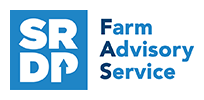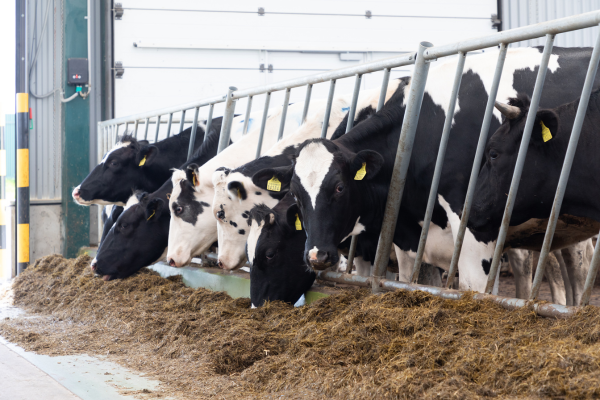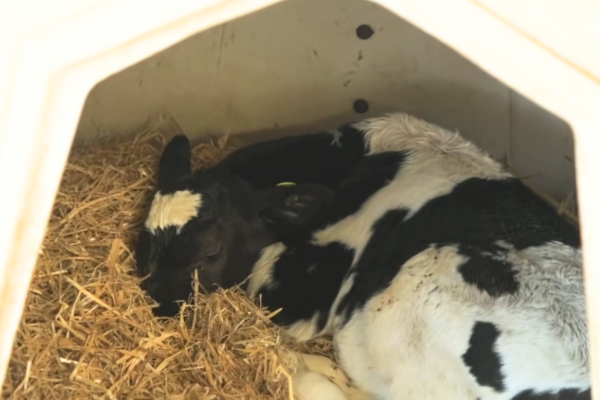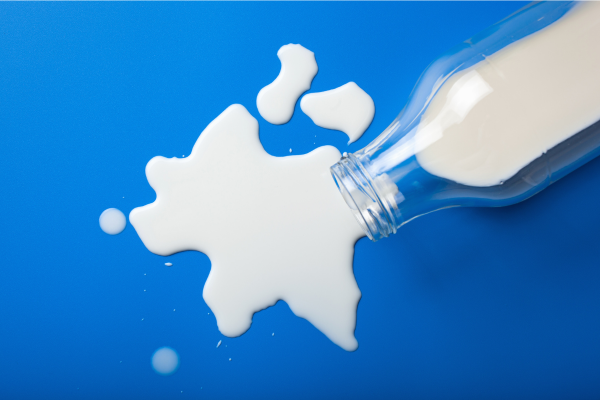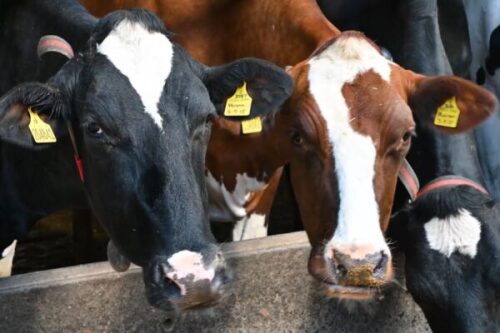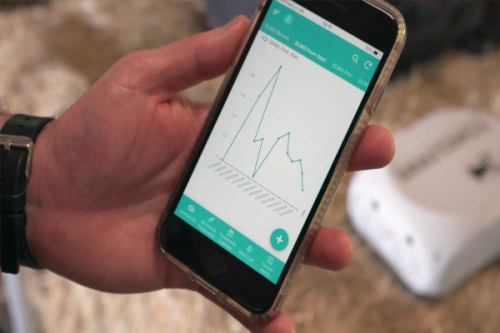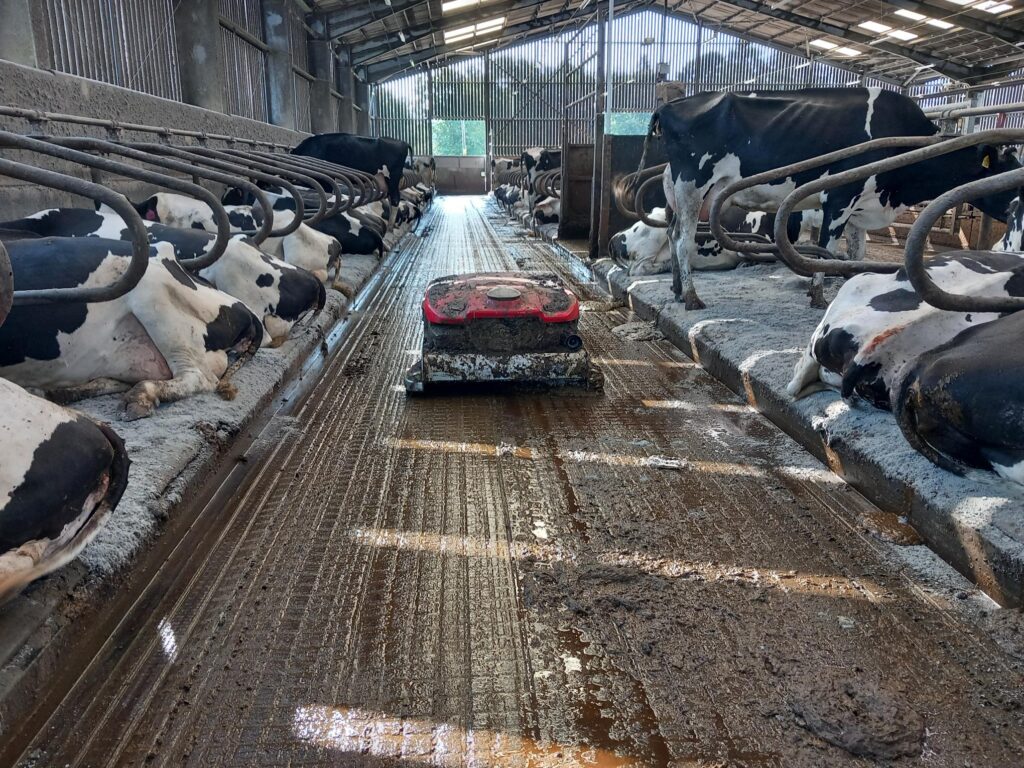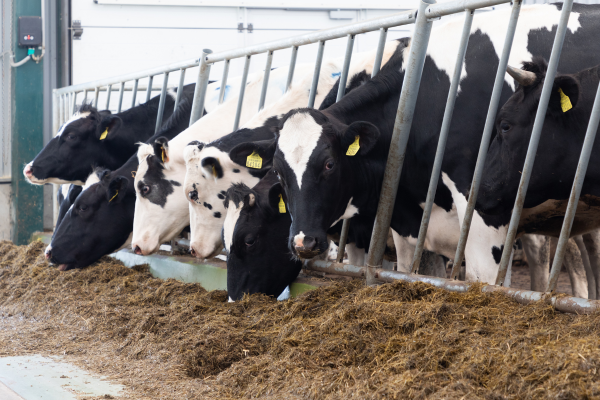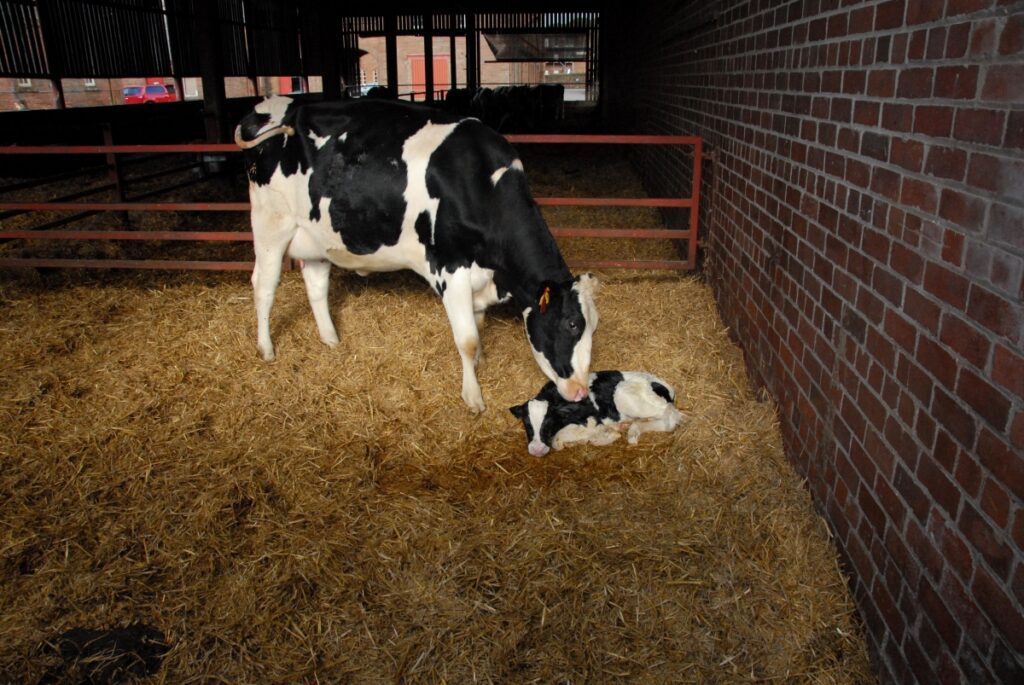Dairy
Return of the Agri-Environmental Climate Scheme
On Tuesday 7th October this year the Scottish Government Minister for Agriculture and Connectivity, Jim Fairlie, attended the first Nature Friendly Farming Summit in Edinburgh. The summit was planned and facilitated by the Nature Friendly Farming Network and supported by the RSPB and a host of other organisations to promote knowledge exchange and land management…
Organic Mineral Supplementation
There is good evidence to support the use of organic trace elements in dairy cow nutrition. While mineral supplementation makes up a very small part of a dairy ration (<1%) it is an essential component, and the majority of trace elements are deficient in forages. What is an organic trace element? Organic trace elements are…
Preventing Disease in the Calf Shed
Dairy calves are susceptible to multiple health problems, including scours and pneumonia, which can be fatal or have a significant impact on their growth rates and performance. Additionally, there is the cost factor of treating poorly calves which can reduce the profitability of the herd. Therefore, the health of these replacement heifers is a key…
Combating Falling Milk Prices
Across the board, milk prices are taking a significant hit for November, December and going forward into 2026. A drop of 5-6ppl on 150,000 litre monthly milk sales will have a significant impact on cashflow, losing £7,500 per month. The dairy sector is used to seeing cyclical milk prices and businesses have shown resilience in…
Business and Policy November 2025 – Milk
Milk production data Globally, milk output from the key exporting regions is increasing and outstripping demand, which is negatively impacting on markets and resulting in some dramatic milk price cuts. Domestic milk production is not helping, with rain over the last couple of months benefiting grazing herds and UK production having increased by around 6.2%…
Business and Policy November 2025: Sector Focus – Dairy Technology – Where can it benefit your business?
With reliable, experienced labour on dairy farms costly and difficult to find; what is the alternative? While there are many tasks in dairy farming that require a high level of stockmanship and cannot be replaced by technology; there are technologies available that can offer huge savings in labour, as well as improved efficiency, animal health,…
How to Assess and Improve Cow Cleanliness
Keeping cows clean when housed can often be a challenge but is an important part of ensuring good udder health and prevention of environmental mastitis. If the udder and legs are clean, there is less risk of environmental mastitis pathogens spreading to the teat canal, as when cows are lying down, their teats are often…
Business and Policy October 2025 – Milk
Milk production data Milk production is now starting to rise heading into the autumn months, on the back of some welcomed rain in September and the increasing trend towards Autumn block calving herds. Daily production is currently 33.81 mlitres for the week ending 13th September, which is 1% more than the previous week and 6.1%…
A Guide to Artificial Calf Colostrum
There are many artificial colostrum products available for dairy and beef calves. They are labelled as either colostrum supplements, colostrum replacers or can be classed as both and it is important to know when to use which product. A replacer is there to completely replace the first feed of maternal colostrum. A supplement should be…
Business and Policy September 2025 – Milk
Milk production data While milk production is just about at its lowest point in the milk year, production is still well above this time last year. Despite many parts of the country suffering from drought conditions and limited grass growth, buffer feeding with this year’s winter forage supplies are helping maintain production. However, this will…
